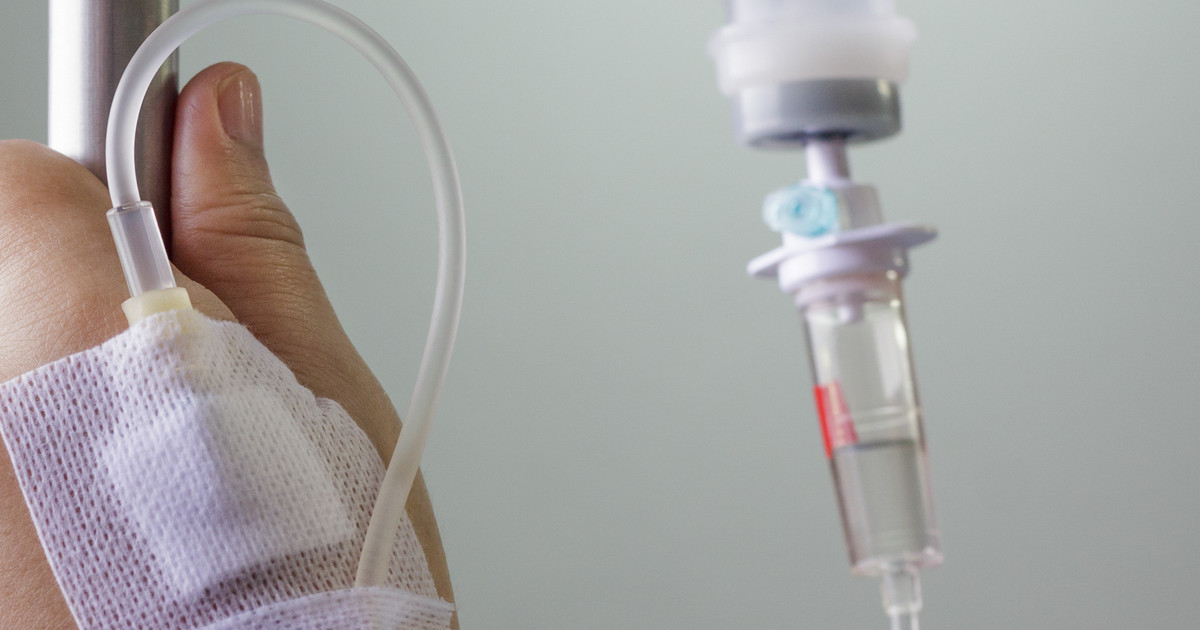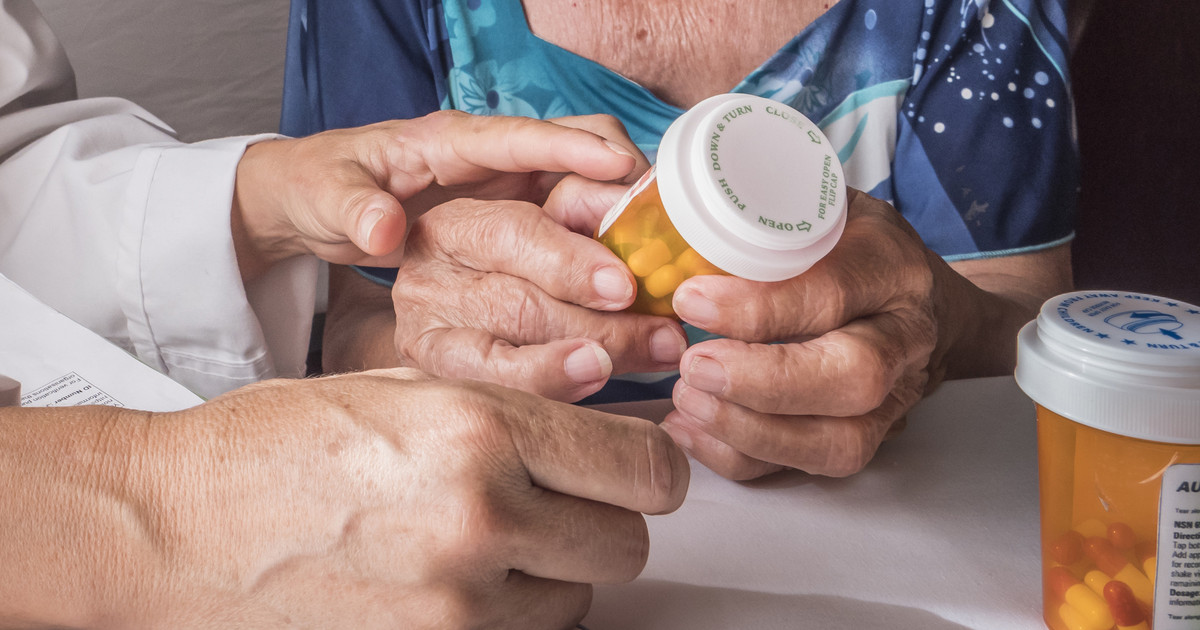How To Diagnose And Treat Sepsis
Vasopressors
Vasopressors seem to be used to treat sepsis occasionally. Doctors may prescribe them to patients who have persistent problems with low blood pressure. This type of medication should help narrow a patient's blood vessels. The constriction may increase their overall blood pressure. However, this medication may only be prescribed to critically ill patients in the hospital. If a patient's blood pressure remains dangerously low for too long, they may experience organ damage. Evidence also appears to indicate that most deaths linked to sepsis have been due to complications stemming from low blood pressure.
Get more information on what may help treat sepsis now.
Intravenous Fluids
Patients may receive intravenous fluids as a treatment for this condition. They appear to be the first treatment given in the hospital, potentially within three hours. They should help prevent the patient's blood pressure from dropping too low. Intravenous fluids seem to be the best method of giving fluids, since doctors say that they can monitor exactly how much patients are given. They should also control the type of fluid this way.
Saline appears to be the most common fluid provided to sepsis patients. It may be mostly water. However, it should also have sodium or other water-soluble minerals. The minerals may help the patient's body absorb the fluid better. Another potential intravenous fluid for this condition is colloids. These are likely thicker than saline and may not dissolve as fast. Patients may still need additional saline if they receive colloids.
Discover more potential options for treating this condition now.

